Filter by research area

SPT Labtech 2024 Year in Review
As the curtain falls on an incredible year, we at SPT Labtech pause to celebrate the remarkable achievements of 2024. This year has been defined by innovation, teamwork, and progress, bringing us closer to transforming the landscape of life...

SPT Labtech 2023 Year in Review
As we bid farewell to a remarkable year, we at SPT Labtech take a moment to reflect on the extraordinary strides we've made in 2023. It's been a year of innovation, collaboration, and advancement, marking significant milestones in our journey...
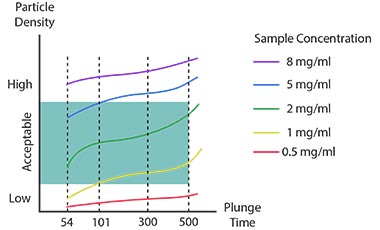
Sample Prep Series Part 4: Towards Routine Sample Specific Optimization for All
As cryo-EM adoption has grown so has the demand to prepare specimen using conventional commercial instruments and DIY set ups. However, most samples exhibit non-ideal behavior and the resulting specimen rarely achieve the reproducible and...
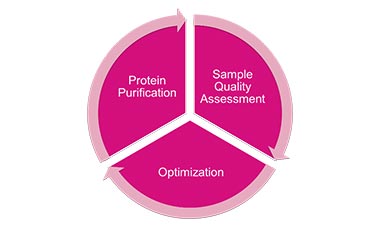
Sample Prep Series Part 1: Preparing your sample for vitrification
Sample preservation in vitrified ice (vitrification) is widely acknowledged as the first step in the cryogenic electron microscopy (Cryo-EM) workflow. However, prior to sample preparation researchers must consider the sample quality and determine...
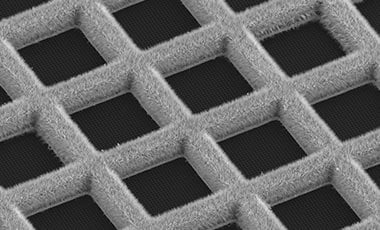
Sample Prep Series Part 3: Next Generation Sample Preparation
The period responsible for the current generation of cryogenic electron microscopy (cryo-EM) instrumentation and image processing software is often referred to as the “resolution revolution.” The results of these technological advancements have been...
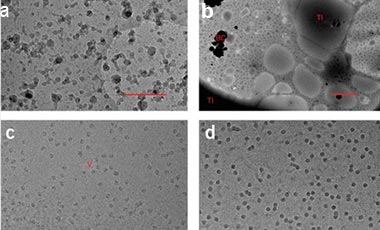
Sample Prep Series Part 2: Conventional Plunge Vitrification Optimization
The preparation of acceptable frozen-hydrated samples on transmission electron microscopy (TEM) grids is well known to be a challenging bottleneck in the cryogenic electron microscopy (cryo-EM) workflow. During sample vitrification it is assumed...
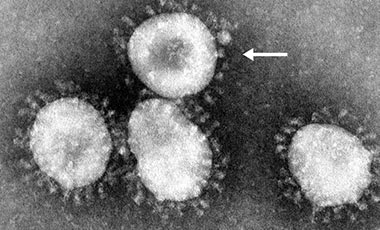
How structural biology is playing a role in tackling the COVID-19 pandemic
The recent COVID-19 global pandemic has unleashed a massive global response to develop therapeutic treatments for those suffering from COVID-19 and a vaccine against the SARS-CoV-2 virus. Structural biologists from all over the world have mobilized...
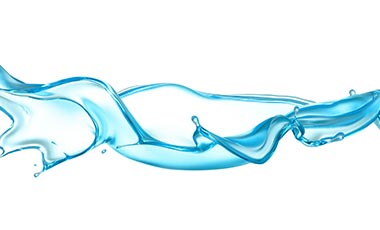
Working at the limits of protein crystallography
Just when you think you’ve discovered everything there is to know about a subject and there’s little left to learn or discover, something comes out of nowhere to prove you wrong! But in crystallography that’s not necessarily a bad thing…
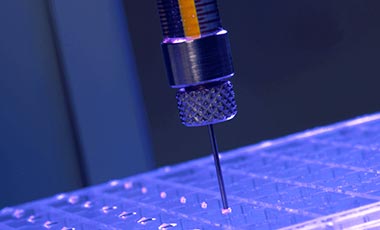
The perfect couple for GPCR
Obtaining detailed structures of any membrane protein has been challenging. A detergent is required to extract the protein from the lipid environment which does not contribute to a favorable environment for crystallization using traditional vapor...
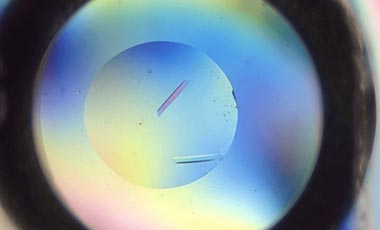
When not binding to a target’s binding site is better!
Most drugs bind to a target’s binding site (orthosteric binding). However, binding to a site distant from the binding site appears to have some very significant advantages over orthosteric binding, one of which is reducing off-target side-effects.
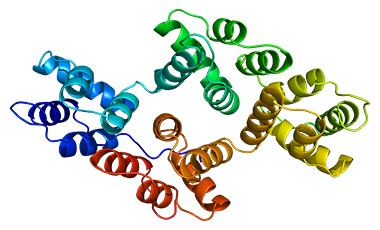
Membrane protein crystallography – is it still a fine art?
Membrane proteins serve a number of vital roles in the body, including oxygen production, transport of nutrients into cells, transport of water into and out of cells, removal of waste products, and allowing information to enter cells. Thirty percent...






.jpg?length=320&name=SBTi%20Target%20Announcement,%20mktg%20(1200%20x%20800%20px).jpg)

